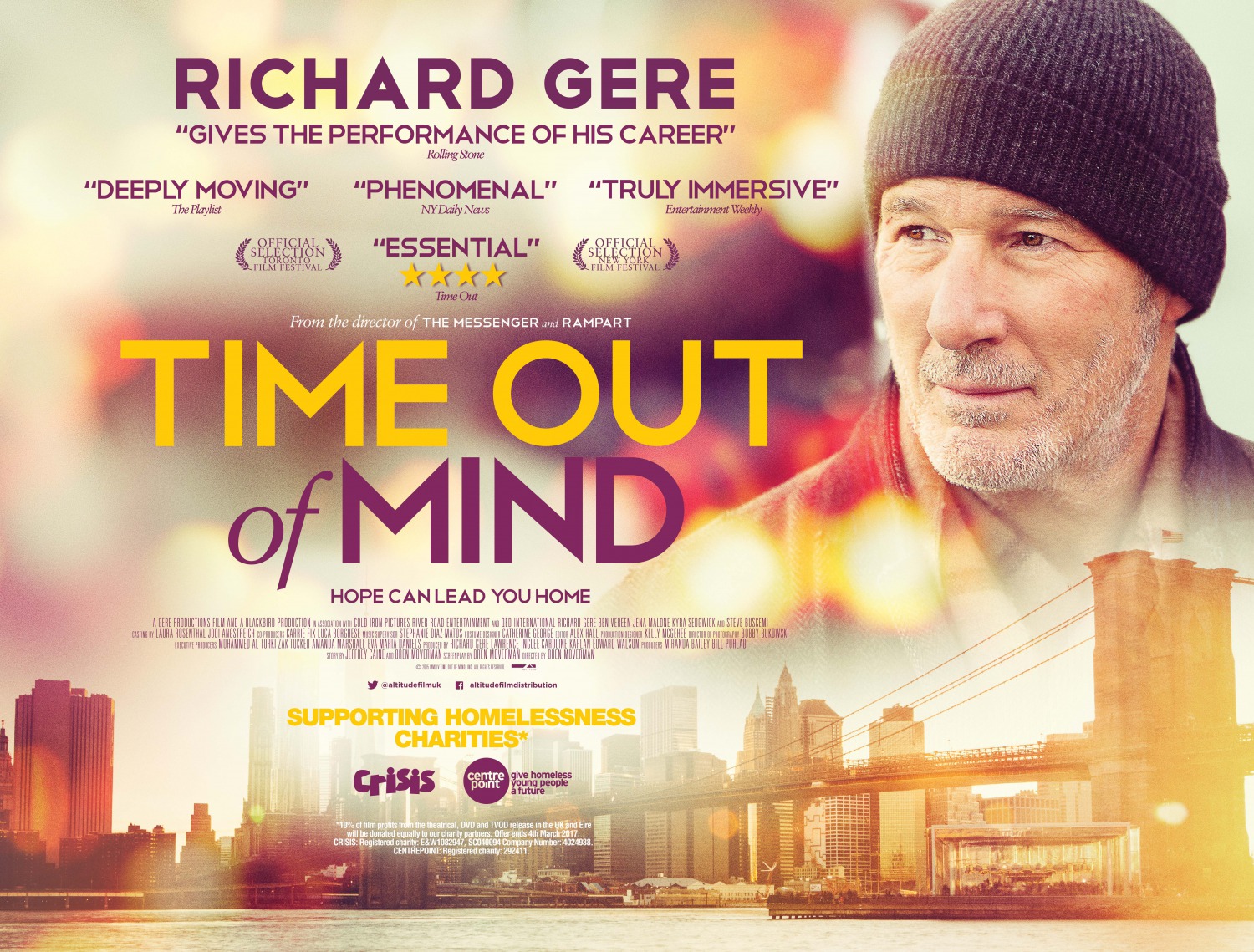

It would go on to win three Grammys, including Album of the Year in 1998.īob Dylan Discusses Frank Sinatra, Elvis, Iggy Pop, Amy Winehouse & New 'Triplicate' Album In Rare… But it doesn’t detract from its genius-that’s what sets Time Out of Mind apart. But there was tension, too-and Dylan, accustomed to fast, on-to-the-next-one sessions, has been critical of the album’s recording process and sound since, calling it overly technological and laborious.

The sessions have been described as loose, with up to 12 players bustling about, including Jim Keltner, Dylan’s tour drummer from 1979 to ‘81, and hired hands like Nashville guitarist Bob Britt, blues axeman Duke Robillard, Tex-Mex organist Augie Meyers and Memphis pianist Jim Dickinson. The sessions began at Miami’s Criteria Studios in January ‘97, after Dylan spent a period writing while snowed in at his Minnesota ranch. He’d worked on Dylan’s 1989 LP Oh Mercy, but here he applies a similar sound he brought to Emmylou Harris’ Wrecking Ball and U2’s The Joshua Tree. The feel is like stepping into a dark Highway 66 roadhouse, the sound dripping like thick, wet oil paint on the walls. Part of the magic here is in its simultaneously atmospheric and claustrophobic sound, thanks to producer Daniel Lanois. It’s been a long road, and he sounds like a wounded bluesman man singing from first-hand experience. It’s Dylan’s answer to, “Does he have anything left?” It’s a tour-de-force, an aged musical genius toiling with love, hate and his finite existence in this world. It’s a monumental album in Dylan’s career, which means it’s the one of the best of the best of the best. It may not pack the punch of The Messenger, but it's further proof that Oren Moverman's insightful projects deserve attention.Then, after a seven-year break between original releases, Time Out of Mind arrived. It takes a patient viewer to stick with Gere's character as he comes to grips with his situation, but the camera work shooting inside/out and outside/in (through windows, doors, etc) provides visual interest, as do the lively and real sounds and movements of the streets of NYC. None are on screen for much time, but each help demonstrate the daily challenges faced by the homeless who are so dependent on the charity of others. It's a very odd movie, as there are numerous "quick hit" scenes that feature such fine actors as Steve Buscemi, Michael Kenneth Williams, Kyra Sedgwick, Geraldine Hughes, and Jeremy Strong. She excels in her scenes with Gere, and provides the most sincere and affecting emotion in the film. The only real sub-plot involves George and his estranged daughter played by the always excellent Jena Malone.

See, without any form of ID, there is no welfare, food stamps, etc (except, of course, voting – a topic for another time). Vereen's character helps George get on track for re-establishing his identity. Supposedly, Gere was in character on the streets and was passed by without anyone noticing. The characters describe this as being a cartoon – meaning, they aren't even "real" people to the masses of NYC. One of the key points the film makes is how the homeless are basically invisible to the rest of society. It's at this point where George befriends the talkative and seemingly helpful Dixon, played by the great Ben Vereen. We follow George (Gere, making good use of his familiar facial tics and mannerisms) around the city as he bounces from vacant apartment to hospital to churches to second hand clothing stores and finally to one of the city's homeless shelters. This is Moverman's illumination of how society treats the homeless, and his vehicle comes in the surprising form of Richard Gere. About the third time I asked myself if something was ever going to "happen", it dawned on me that it was already happening. Poverty, mental illness and homelessness collide in this film from writer/director Oren Moverman (Oscar nominated for The Messenger).


 0 kommentar(er)
0 kommentar(er)
